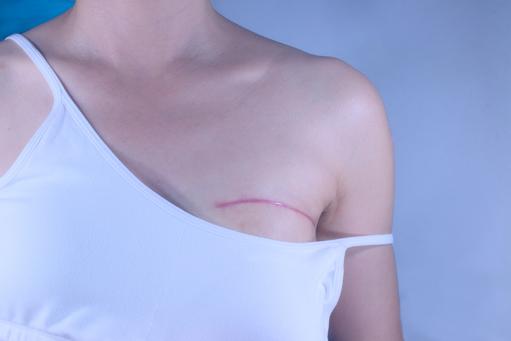Tag

Lena Andersson
Consultant Plastic SurgeonDirectory:
Expertise:
Ms Lena Andersson M.D., Dr.med., founded the Anelca Clinic in 1998, and recruited further Specialists to the team, including Hand- and Maxillofacial Surgical Specialists.
Ms Andersson has been a Consultant Plastic Surgeon since 1993. She originally trained at the Karolinska Institute, Stockholm. She received her specialist training in Aesthetic- and Plastic Surgery in Sweden, Switzerland and the USA, before being appointed as Consultant Plastic Surgeon at St Bartholomew’s Hospital and the Royal London Hospital in 1995, when she also commenced her private practice in London.
view this profile

Anthony Pais
Senior Consultant Surgical OncologyDirectory:
Expertise:
Dr. Anthony Vijay Pais, Breast Surgeon, Professor & Senior Consultant in Surgical Oncology is the Head of the Breast Unit and Women's oncology at the Mazumdar Shaw Cancer Center and the Narayana Hrudayalaya Multi Speciality Hospital, Bangalore, India.
Being in the field of surgical oncology for 23 years he felt the need to develop a separate speciality for breast cancer and associated diseases. He also had special training to start a 'Breast Centre of Excellence' at the John Hopkins Avon Breast Centre, Baltimore, USA.
He has conducted several cancer detection camps for the underprivileged people and Bruhat Bangalore Mahanagara Palike workers, throughout Karnataka.
Under his guidance and direction, maximum number of breast cancer resections with immediate micro vascular reconstructions have been conducted in India (state of the art surgery done in the US), for the poorest of the poor.
He has published over 14 papers, and has 16 presentations to his credit. He has delivered 44 lectures at various hospitals and health centres.
Dr.Pais has gone through special training in Breast Ultrasound and Interpreting Mammograms in Japan and the USA. He has also got a certificate of competence to assess mammograms from the world renowned Radiologist Prof. Laszlo Tabar, Prof of Radiology, University of Uppsala School of Medicine, Sweden
view this profile
Directory:
Tags:

|
In 2013 the Hollywood actress Angelina Jolie announced that she had both her breasts removed because she carried the BRCA1 gene.
Her bilateral prophylactic mastectomy highlights the fact that a woman whose mother or father carries a faulty BRCA1 gene has a 50% chance of also carrying it and a 60 to 80% higher risk of developing breast cancer. Angelina Jolie exemplifies what many women with a family history of breast cancer are doing: testing for the BRCA1 gene; if positive, electing for a bilateral prophylactic mastectomy and after surgery, reconstructing their breasts. Hollywood myths do women a disservice In a New York Times article, entitled My Medical Choice, Jolie informed women about BRCA gene mutations and the challenges of breast surgery. Her efforts are overshadowed by the notion that breast surgery is quick and easy. Hollywood images propagate the myth that reconstructive surgery quickly restores breast symmetry, improves body image, quality of life, self confidence and wellbeing. In reality, it's major surgery with significant risks that entails an extended series of operations and follow-up visits and can take three to nine months to recover from. |
|
|
|
|





